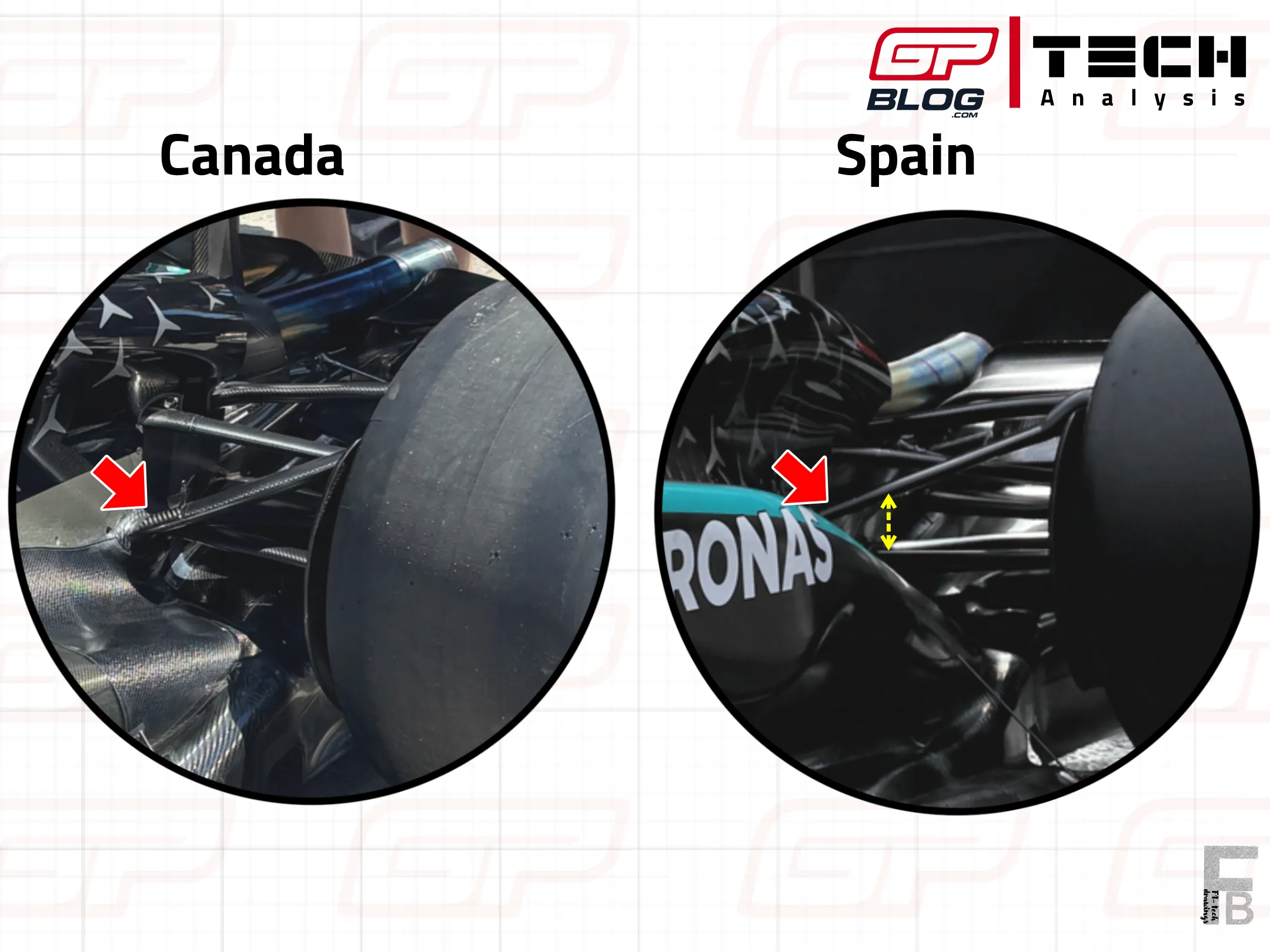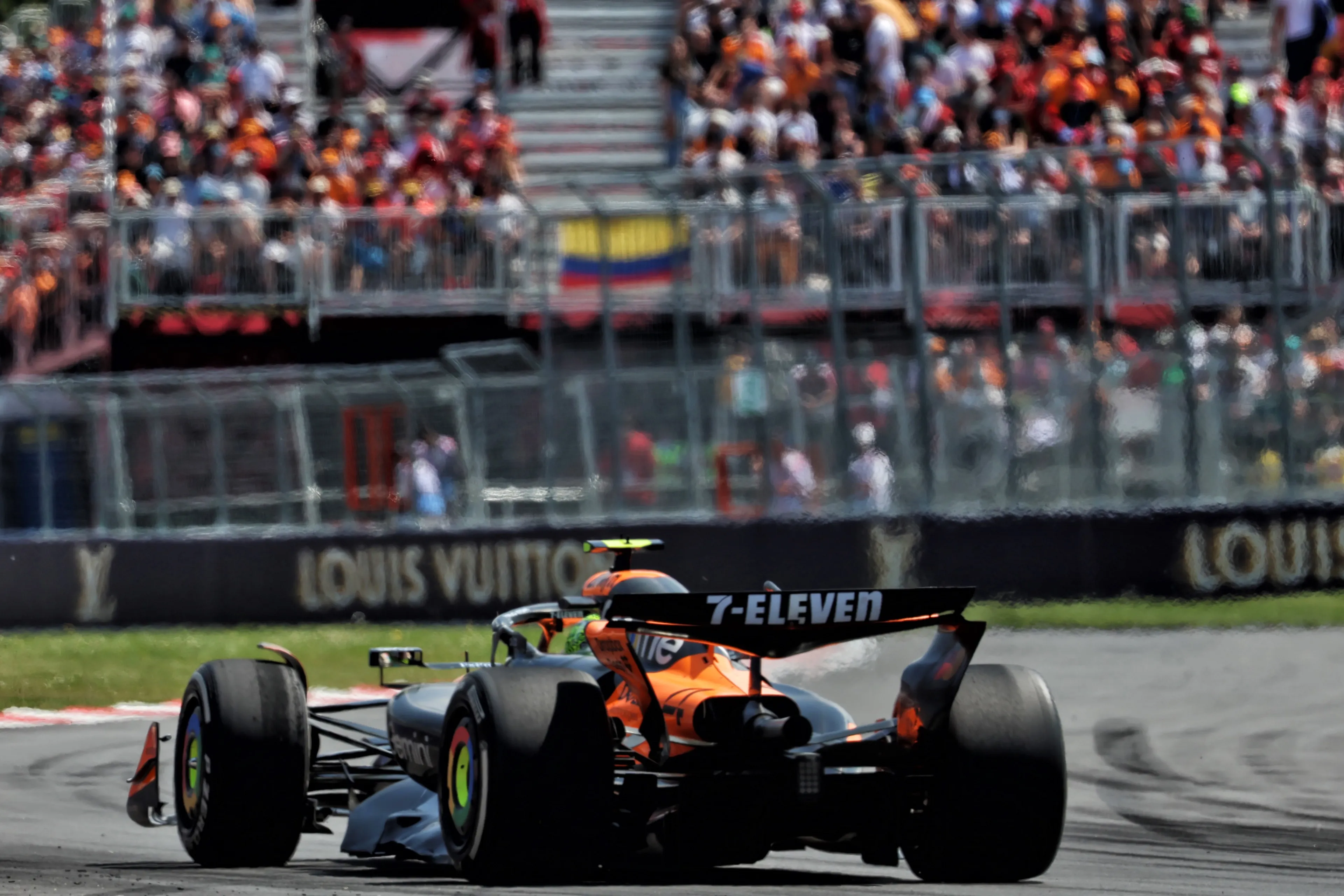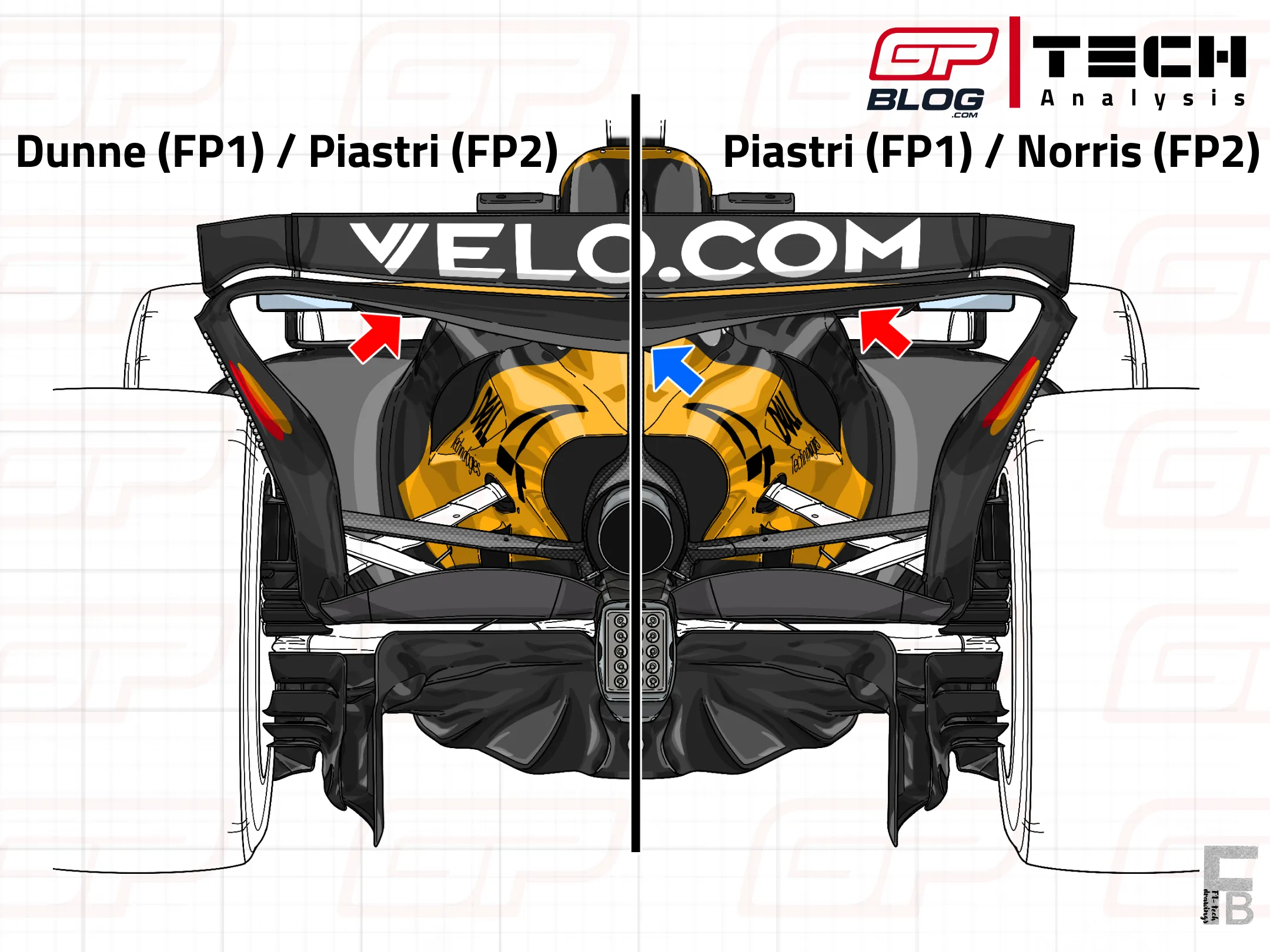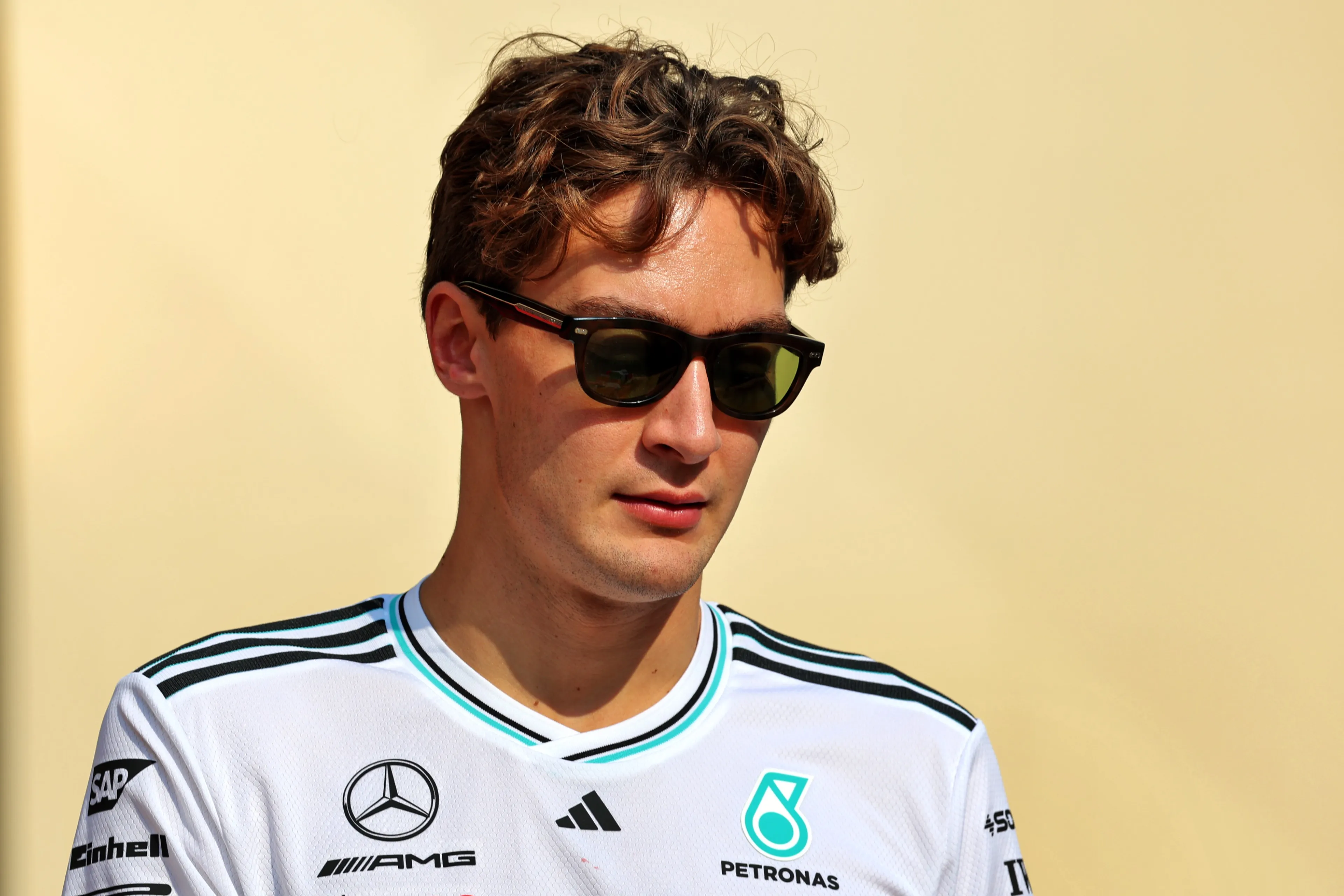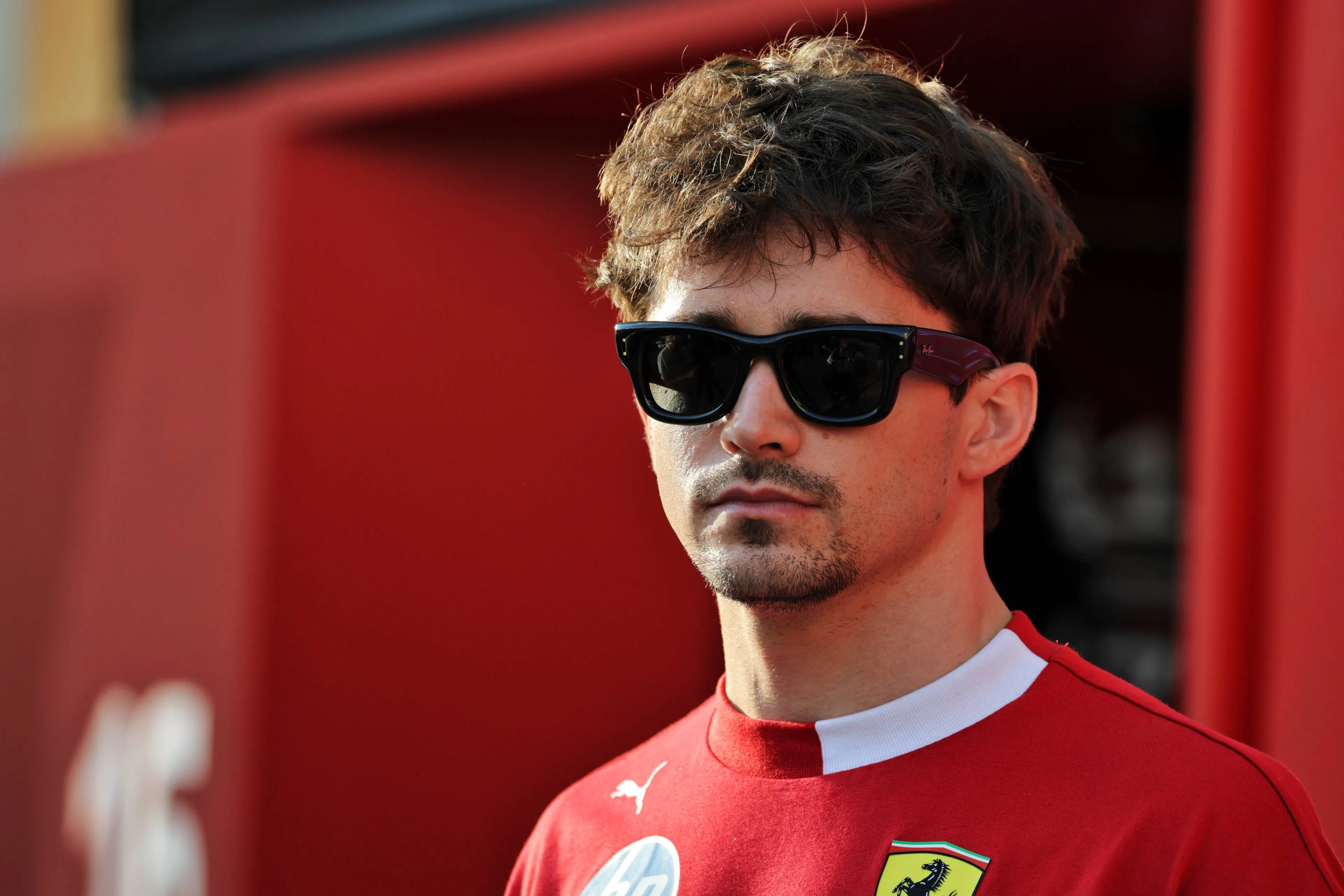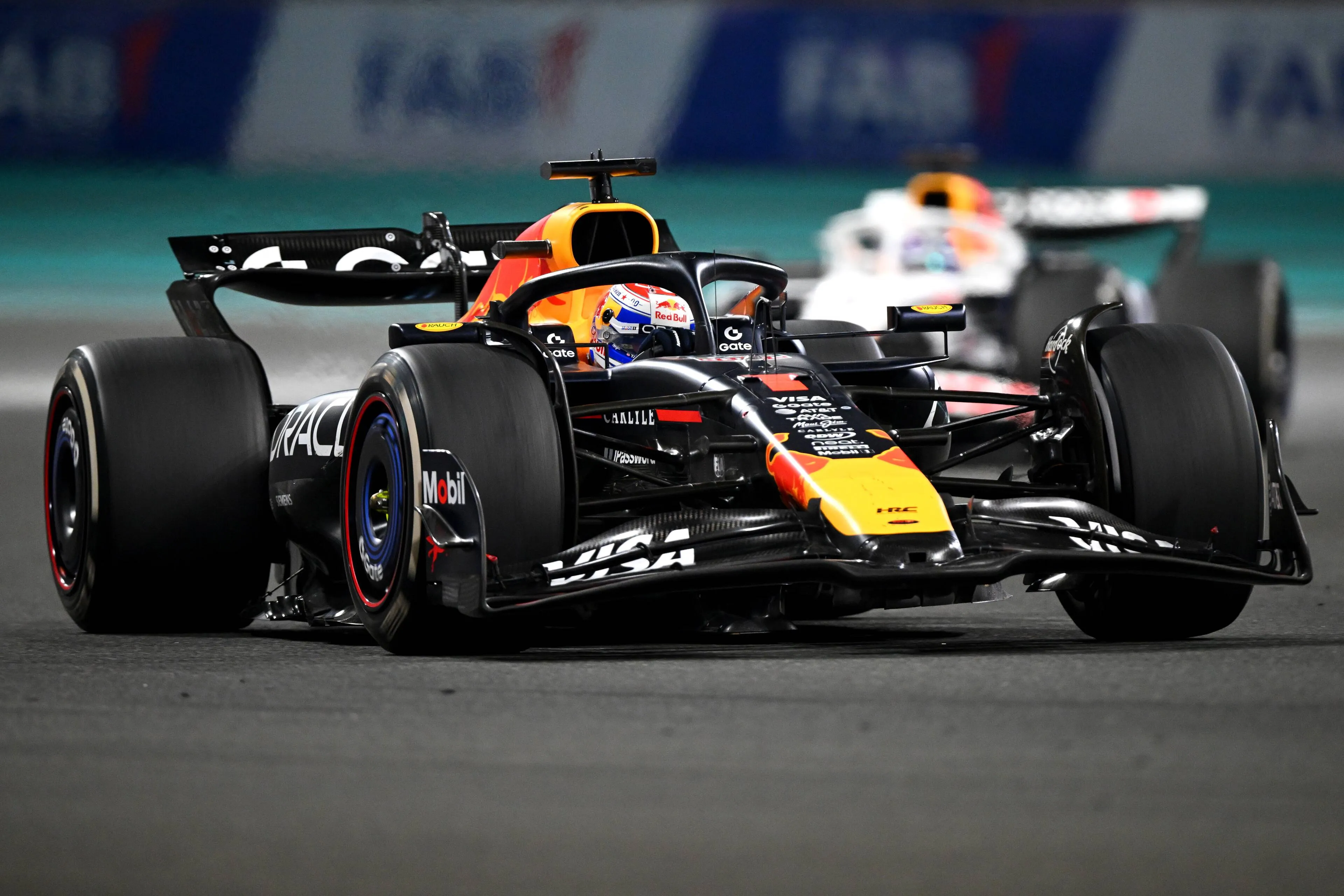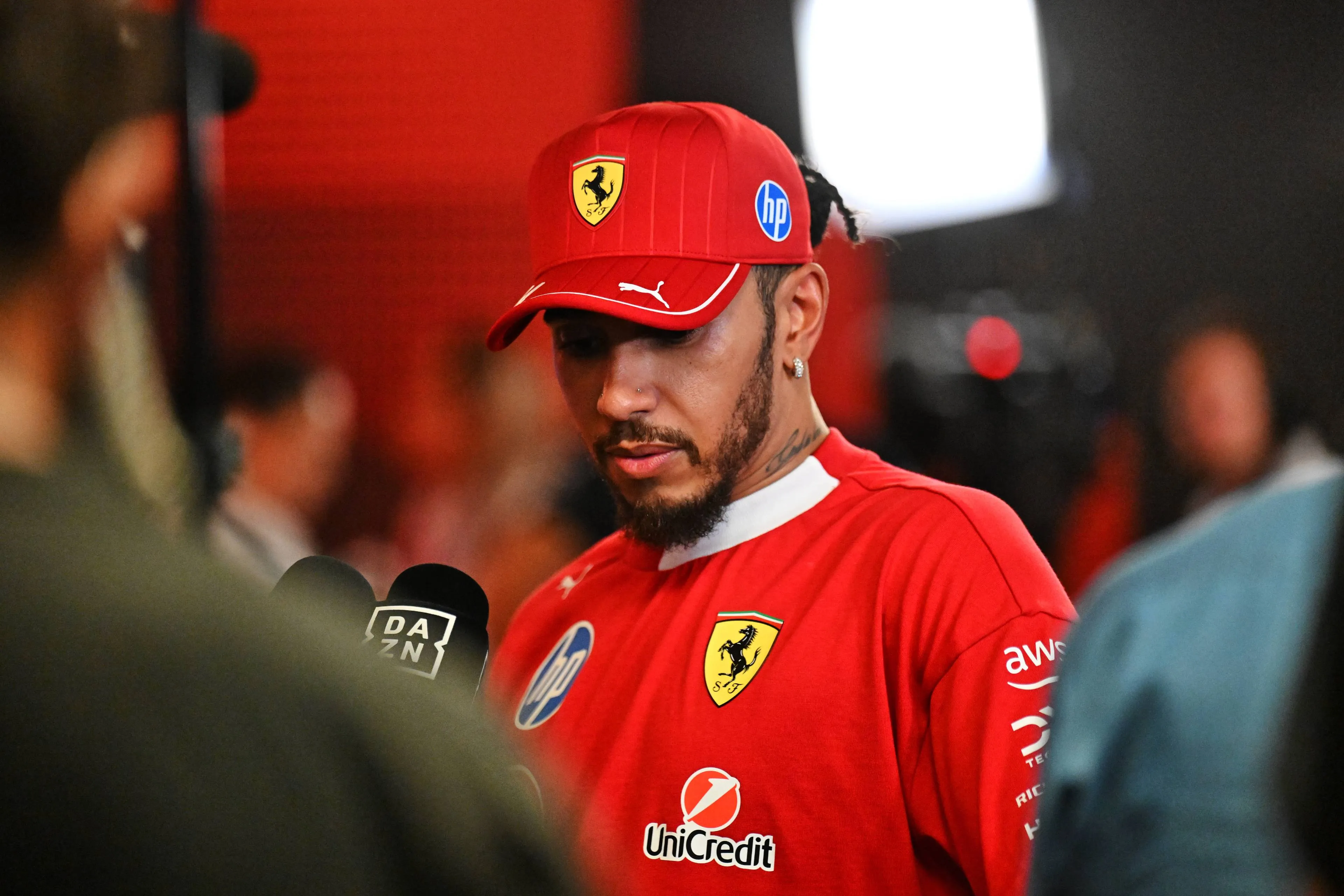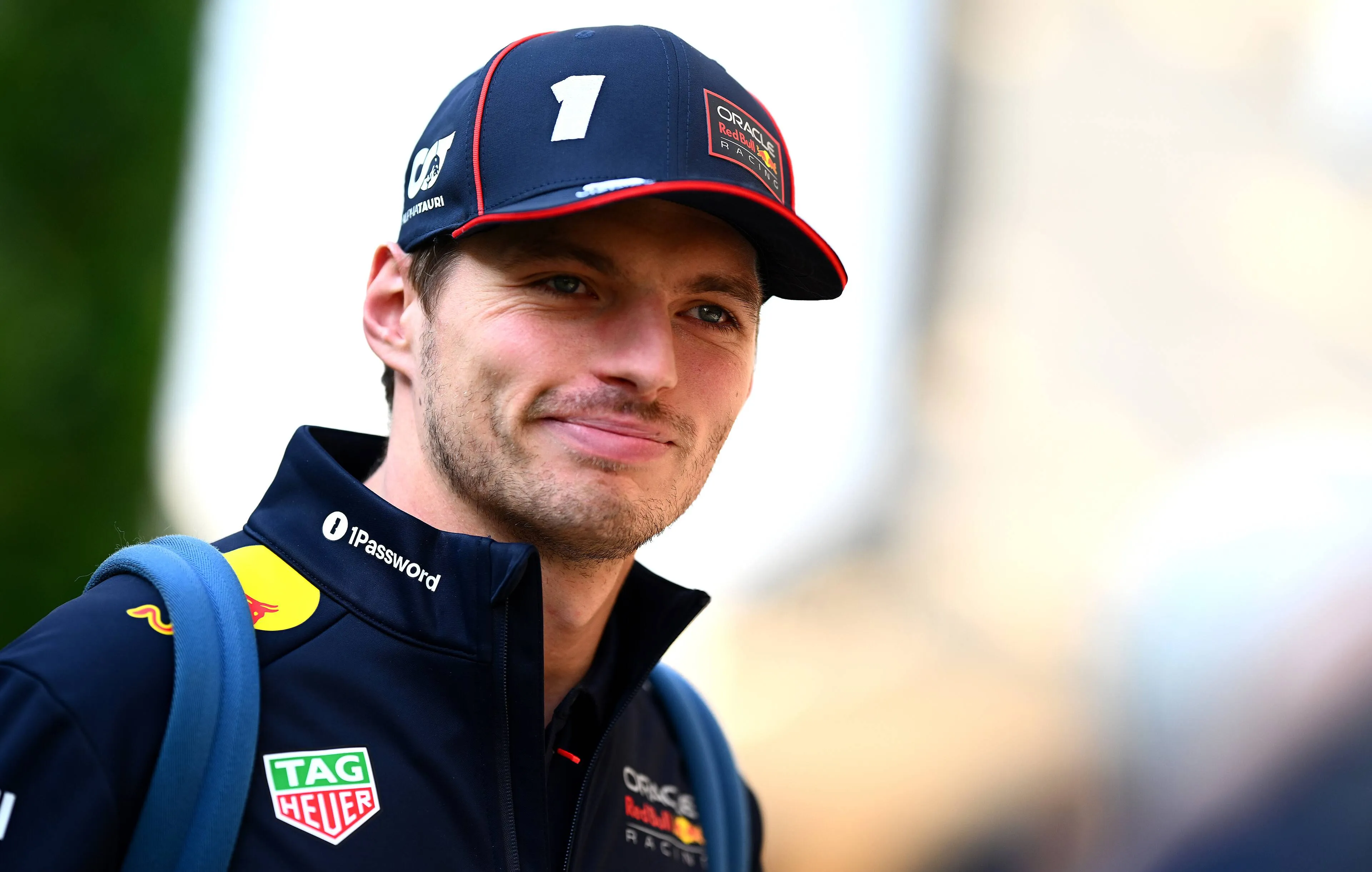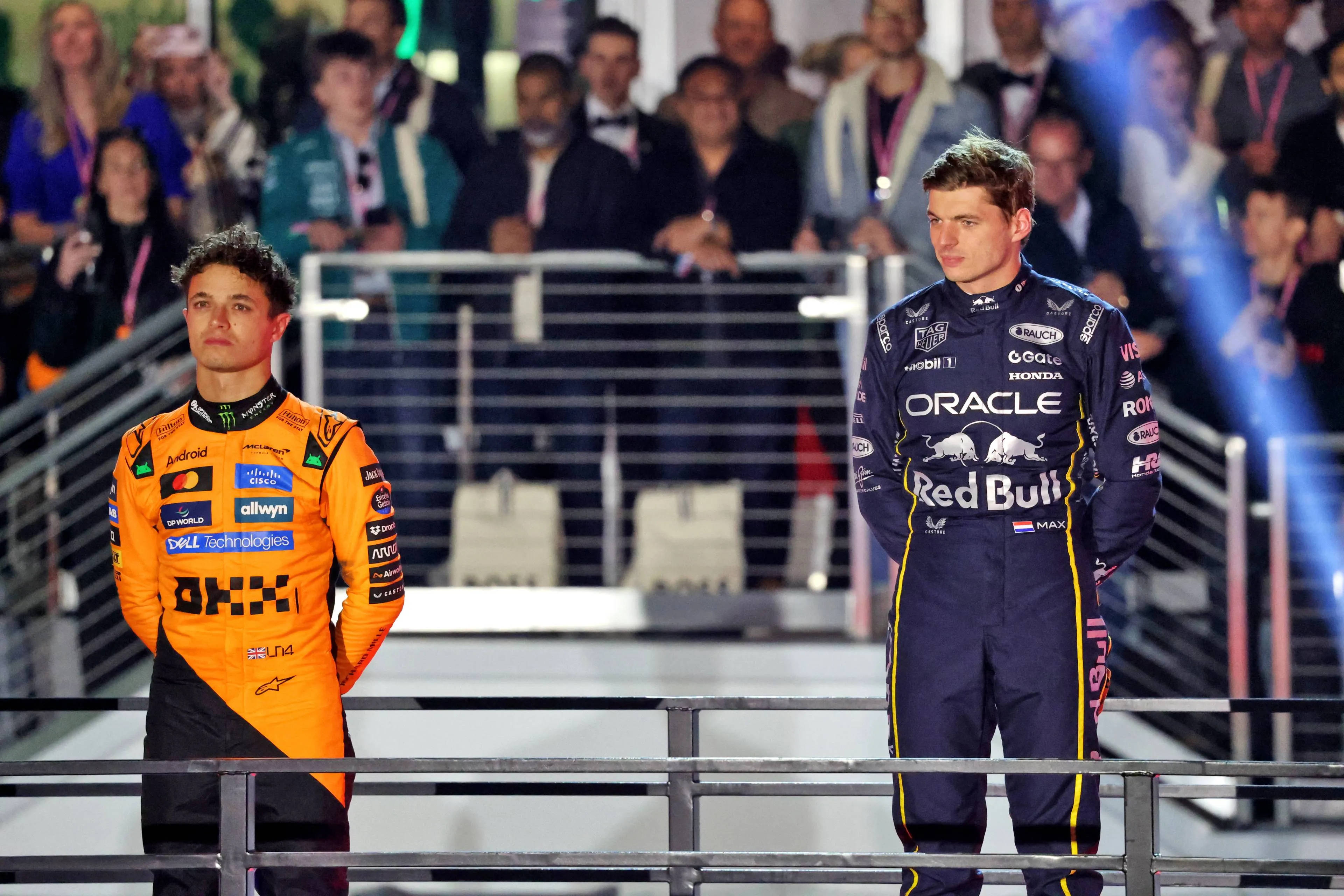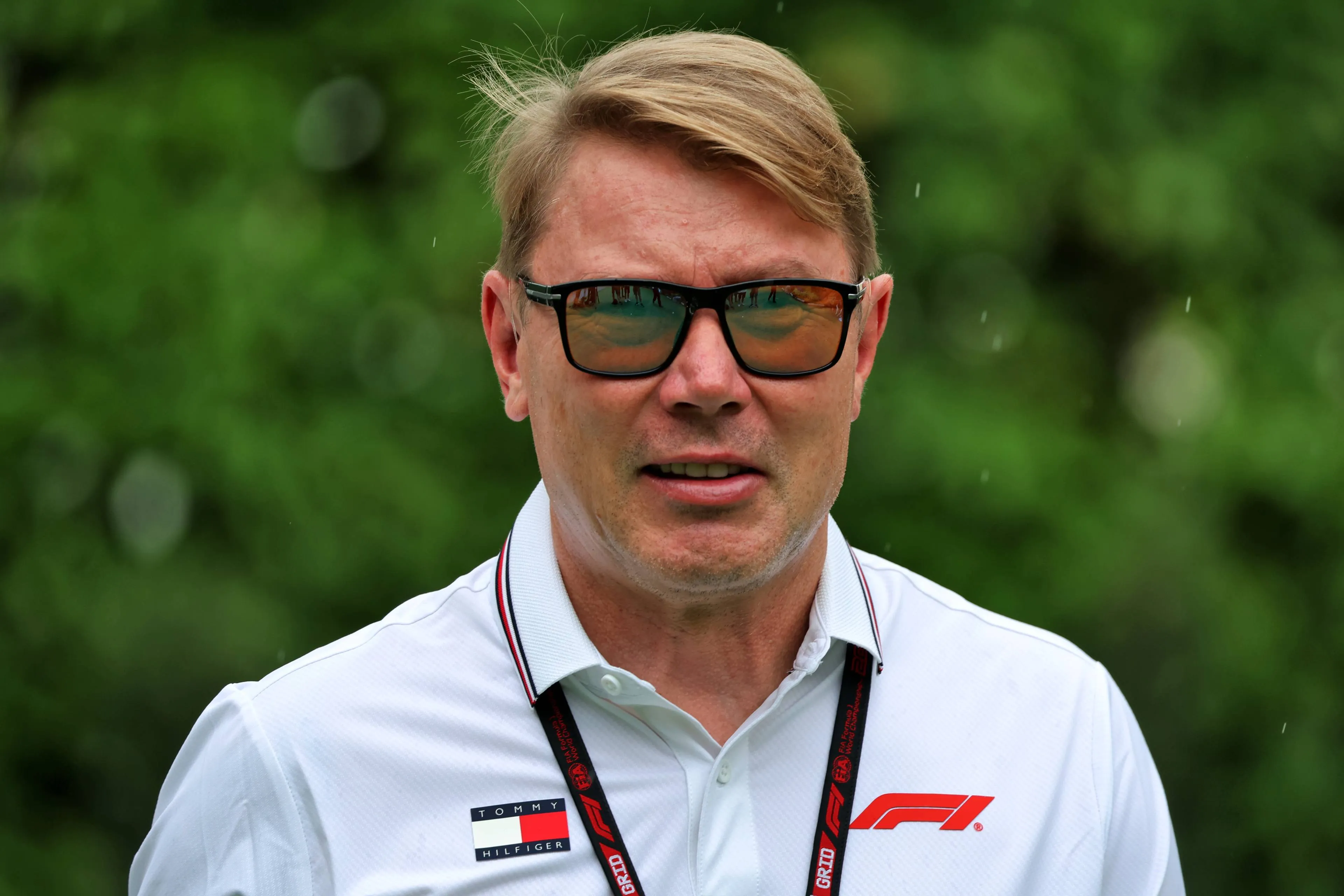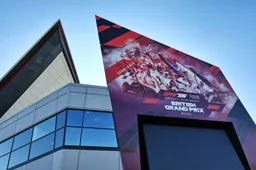F1 Tech | How did Mercedes end up almost lapped by McLaren in Austria?
12:30, 03 Jul 2025
1 Comments
Co-author:Toby Nixon
The Austrian Grand Prix was a very difficult race for Mercedes, with George Russell finishing around 62 seconds behind the leader, Lando Norris, risking to be even lapped.
After a brilliant weekend in Canada with a double podium, Mercedes struggled massively around the Red Bull Ring, but what was the reason behind this poor performance?
Coming into the Austrian Grand Prix weekend, Mercedes already knew that the Red Bull Ring wasn’t one of their best tracks of the calendar, for many different reasons: first of all, the layout is characterised by a series of medium and high speed “long” corners, meaning that through these corners, a stable platform is needed.
Secondly, the Austrian Circuit is characterised by a very rough asphalt, which inevitably puts a lot of heat into the tyres, which are then put under a lot of stress due to the fast layout of the track. Due to the configuration of the circuit, the most stressed tyres are normally the rear ones, due to the frequent traction zones.
Last but not least, temperatures were quite high for the whole weekend in Austria, meaning that tyre degradation was even a bigger issue for all teams. Together with the ability to properly cool the cars in order to keep the PU running smoothly and without issues.
These three aspects, in fact, just match with Mercedes W16’s biggest weaknesses: long corners, rear-limited circuits and hot temperatures.

George Russell on track at the Red Bull Ring last weekend
A very good FP1, followed by a 'dreadful' weekend
Despite this introduction, FP1 seemed very good for Mercedes, making people wonder if they have effectively made a step forward and closer to McLaren after Montreal. During the first practice, both Russell and Antonelli were very quick on the hard compound and also on the soft, especially in the first sector and the first half of the second sector.
Looking at the layout of the Red Bull Ring, it's clear that this section of the track features three long straights separated by two key corners. Turn one is a medium-speed corner that requires solid downforce, while Turn three is a tight hairpin where drivers spend very little time navigating the bend
Moreover, the temperature of the air during the first practice was just 24°C, with the sky covered by some big and visible clouds.
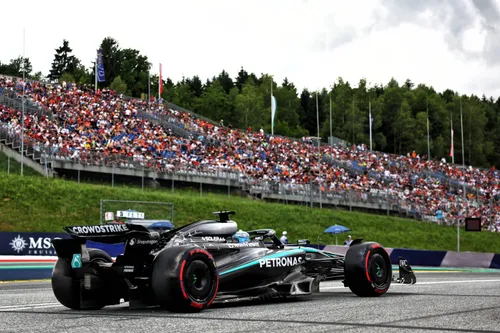
Russell during FP1
As a consequence of what was just described, Russell could set competitive lap times during FP1, mainly thanks to the speed of his W16 in the first half of the track and to the cooler temperatures, which prevented red soft tyres from overheating over the single lap.
Team Principal Toto Wolff perfectly described this performance during the press conference on Friday: “Rough asphalt is not where our car has the sweet spot. And yeah, we've been fastest today with George [referring to FP1] , but it's also low on temperatures with the cloud cover.”
The scenario, however, quite drastically changed from FP2: as temperatures rose and the asphalt gripped, Russell couldn’t hold the pace of the two McLarens anymore, eventually finishing almost 0.650 behind Norris in qualifying simulations.
Qualifying on Saturday wasn’t better either, with a gap of 0.792 seconds behind Norris in pole, proof that Mercedes was having a very difficult weekend in the Styrian Mountains.
The W16, in fact, has a very good longitudinal grip, thus under braking and in traction phases. This inevitably means that, in short, slow-speed corners (like turn 3 in Austria), the car is quite fast and stable, proving to be better than any other.
What Mercedes’ car is still suffering is the lateral grip, which comes into play through medium and high speed corners. In these areas, the aero platform doesn’t work at its best, consequently making Russell and Antonelli losing tons of lap time compared to McLaren.
Temperature is another big issue for Mercedes: since the ground effect cars have been introduced in 2022, Mercedes’ cars have always been very sensitive to temperature variations, followed by big leaps in terms of performance.
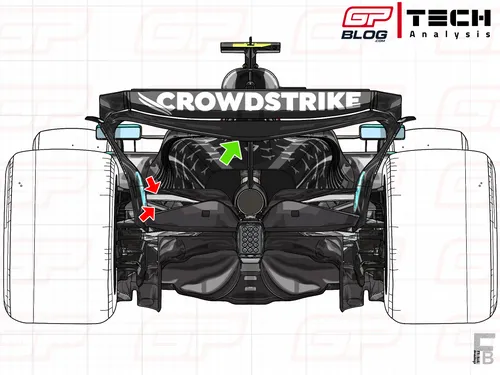
W16 unloaded rear wing
Cold and cooler conditions have always played in their favour, as they managed to make their car work better and closer to its sweet spot. Hot conditions, instead, have always made the car worse on the tyres and with some issues one the PU cooling side as well. Also last weekend, Mercedes had to open big vents on the side of the engine cover to better dissipate heat, thus losing a lot of efficiency as well.
All these negative effects led to a very difficult race for the team: Russell (the only driver left in the race after Antonelli’s crash during the first lap) struggled a lot with pace, with his fastest lap of the race that was around 1.5 seconds slower than the two McLarens.
As a consequence, the gap between the two Papaya cars was monstrous: 62 seconds at the end of the race. If we consider the average lap of the race completed in 1.08.5, it means that Russell was around five seconds (3/4 laps seen the pace difference) before being lapped by Lando Norris.
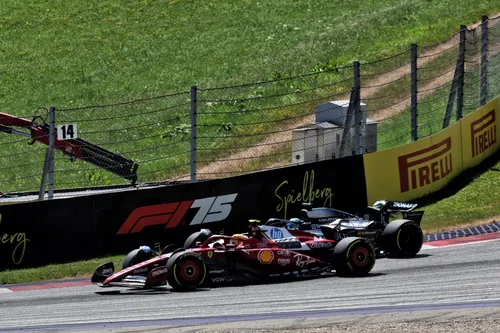
Russell fighting with Hamilton during the race
As Russell said after qualifying, the Austrian Grand Prix weekend exploited all Mercedes’ car weaknesses, as long as the Canadian Grand Prix weekend highlighted its strengths. Looking at McLaren, it was the exact opposite: in Canada its weaknesses emerged, while in Austria the MCL39’s strengths were displayed.
There’s one difference though: in Canada (on a less favourable circuit for them), McLaren qualified in third with Piastri and fought for the podium for the all race both with Norris and Piastri. In Austria, Mercedes was never in contention for the podium and couldn’t even keep the pace of the two Ferraris in front.
The British Grand Prix in Silverstone may be better for Mercedes from the temperature perspective, but the long corners may still be a difficulty for the W16. This said, Mercedes still needs to do a lot of hard work to improve this situation for 2026, to prevent more McLaren dominance with the new regulations.
Read also
Read more about:
Popular on GPBlog
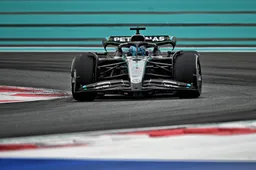
1
Two F1 teams start year with new logos for the '26 season, Red Bull joins in
7370 times read
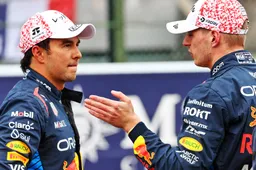
2
Verstappen delivers on 2025 promise with helmet gift for Sergio Perez
5352 times read

3
Kelly Piquet celebrates New Year with new photos of Verstappen with Lily
1937 times read
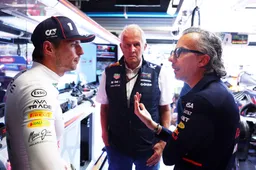
4
Red Bull Racing no longer wants to make enemies in Formula 1
607 times read
Loading


